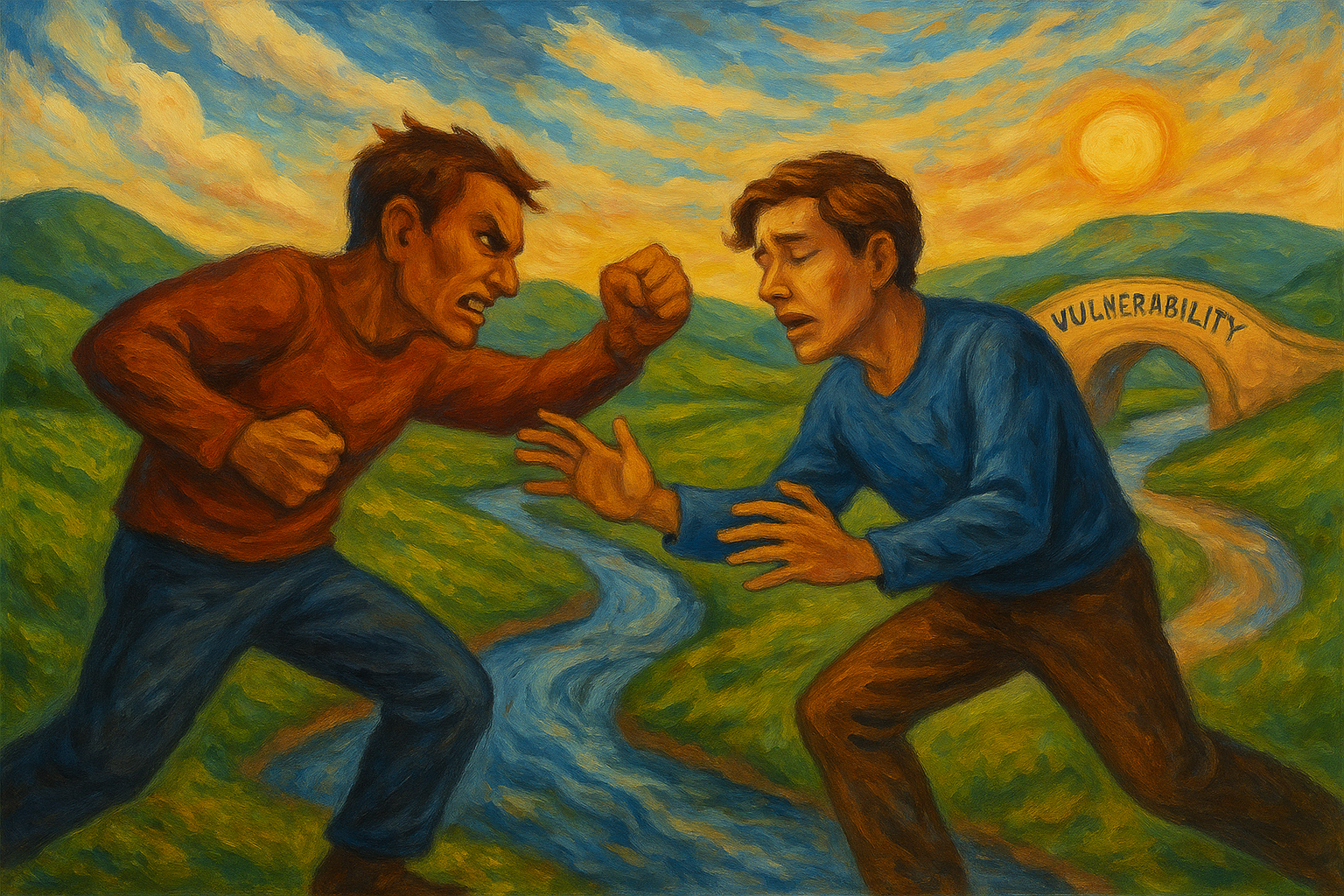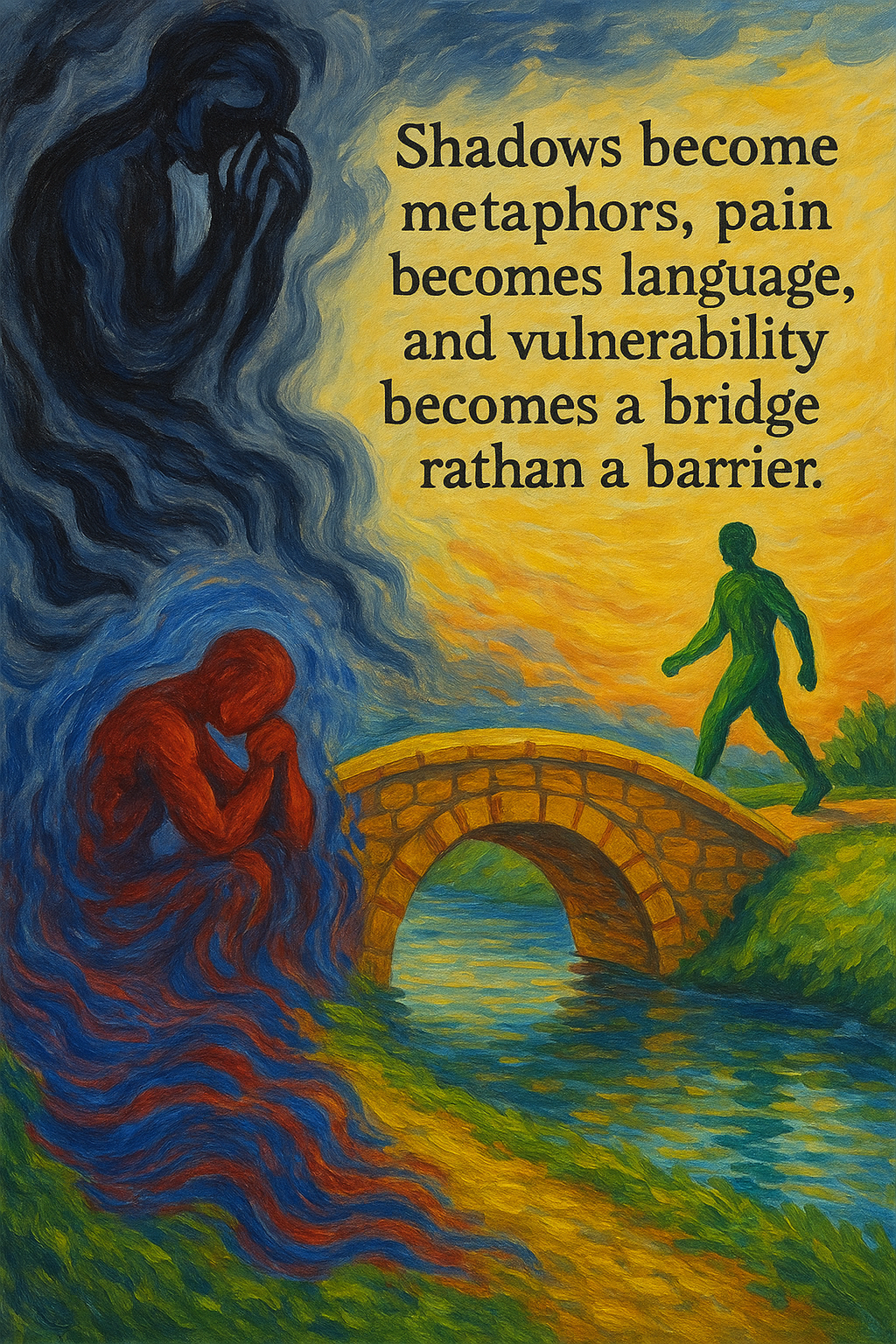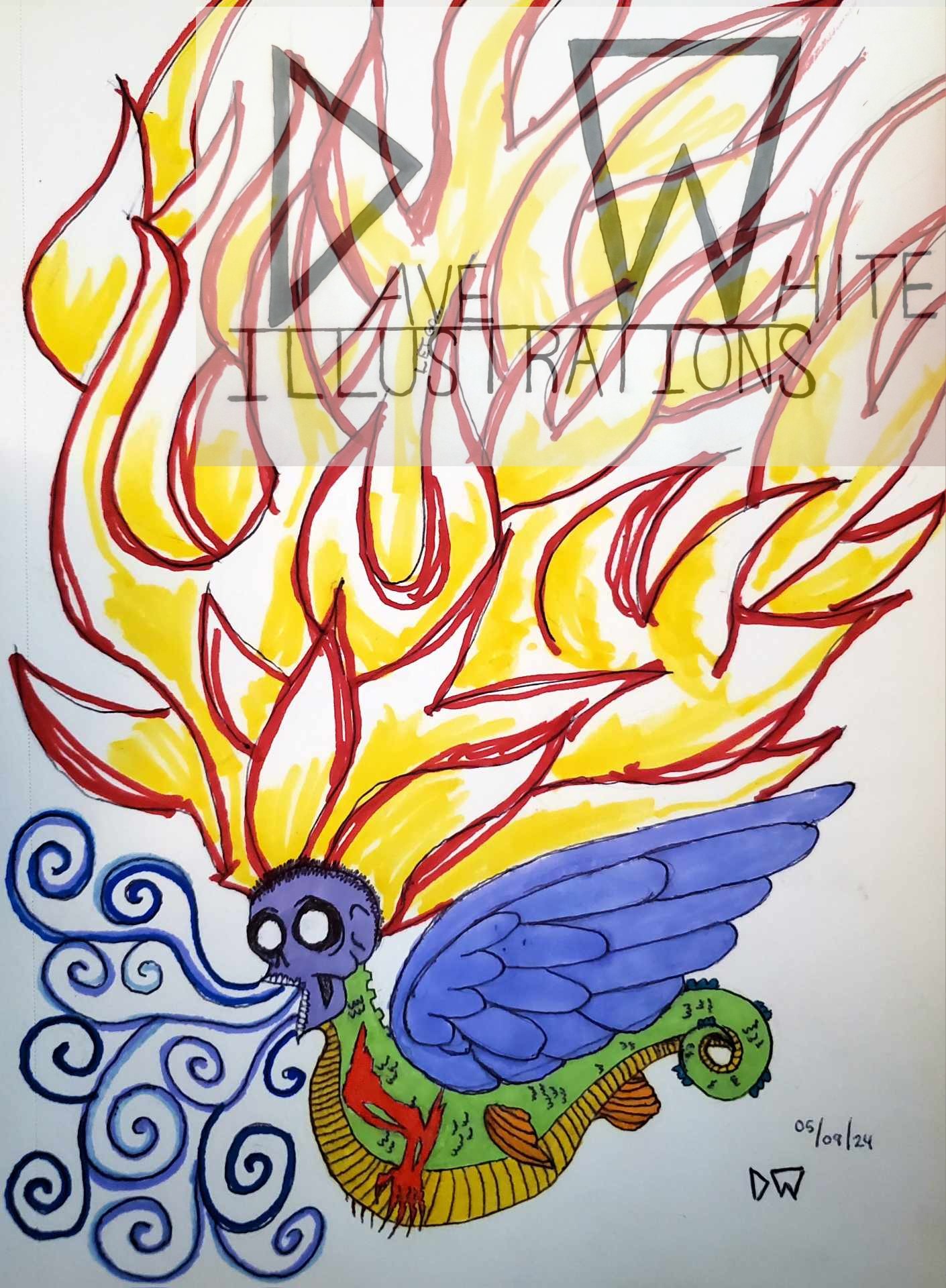From the moment we take our first breath, our lives are immersed in a constant current of emotion. Before we can speak, before we even understand the meaning of words, our bodies and minds are already learning the language of feelings—sometimes through joy, sometimes through fear, and often, through sadness.
Emotions are more than fleeting moods; they are the foundation of how we interact with ourselves, others, and the world. As Carpenter and Huffman define it, emotion is a “subjective feeling that includes arousal (heart pounding), cognitions (thoughts, values, and expectations), and expressions” (Carpenter and Huffman 2013). In other words, emotions live in our bodies, shape our thoughts, and manifest in visible ways that others can perceive.
Sadness, like joy or anger, is an essential part of this emotional tapestry—one we cannot avoid and, in truth, one we should not wish to.
The Purpose of Sadness
Sadness is one of the most universal human experiences. Across cultures and throughout history, it is recognized through familiar signals: a downturned gaze, tears slipping down cheeks, the stillness of a person lost in thought. These cues are understood by all humans, regardless of language or geography.
According to Duarte, sadness decreases cognitive activity and often moves us into a state of inhibition, forcing us to slow down and process (Duarte 2016). This slowing is not a weakness—it is the body and mind’s way of saying, “Pause. Something important just happened. You need to understand it before moving on.”
Consider the quiet after a personal loss: the way time seems to thicken, and the smallest tasks—making coffee, opening the mail—feel impossibly heavy. This is sadness at work, redirecting your mental energy toward reflection and adaptation.
Sadness often appears when we’ve been rejected, lost someone or something we value, or realized that a desired outcome is permanently out of reach (Carpenter and Huffman 2013). When our brains evaluate a situation as irreversible, sadness becomes a natural and necessary emotional response.
But here lies one of sadness’s paradoxical gifts: while it can feel deeply isolating, it also encourages empathy and connection. Sharing our sadness—whether through conversation, art, or even a simple look—creates bridges between people.
Sadness in Childhood: The Emotional Blueprint
Our earliest encounters with sadness often occur before we can name it. A toddler dropping their favorite stuffed animal into a puddle, a child watching a beloved pet grow old—these moments, though small in the eyes of adults, are monumental in the emotional world of a child.
Halle reminds us that “the emergence of social and emotional skills begins at birth and early experiences influence how children begin to understand their world and themselves” (Halle 2016). Infants quickly learn that caregivers are the source of comfort and safety. Over time, they also learn what reactions their sadness will evoke—whether it is met with compassion, distraction, or dismissal.
Research by Duarte shows that punitive or dismissive responses can lead children to suppress sadness, internalizing not just grief but also fear, shame, and humiliation (Duarte 2016). Imagine a little boy who cries after losing a game, only to hear his father say, “Stop crying. Be a man.” Such responses do not erase the sadness—they simply teach the child to hide it, often at the cost of healthy emotional expression later in life.
The Role of Parents and Caregivers
Parents are the architects of their children’s emotional landscapes. They can model healthy emotional regulation or, unintentionally, teach avoidance and denial. Duarte suggests that parents should treat a child’s emotional expression as a teaching moment—an opportunity to build resilience and emotional literacy. This involves:
- Recognizing and naming the emotion – “I see you’re feeling sad because your friend didn’t want to play today.”
- Validating the experience – “It’s okay to feel that way. Anyone would be disappointed.”
- Empathizing – “I remember when I felt left out as a kid, too.”
- Problem-solving together – “What’s something we could do next time to help?”
Contrast this with a parent who either ignores the sadness or rushes to replace what was lost. While it may seem kind to buy a new toy or offer candy to “cheer up” a child, such actions can unintentionally teach that sadness is something to be avoided at all costs—when in reality, it’s something to be understood and navigated.
Sadness as a Teacher
Sadness may be uncomfortable, but it is also instructive. It teaches us about impermanence, about the value of what we love, and about the resilience we carry. It can foster empathy—those who have walked through deep grief are often more capable of understanding the pain of others.
The Center on the Social Emotional Foundations for Early Learning (CSEFEL) defines healthy early emotional development as “the developing capacity of the child from birth through five years of age to form close and secure adult and peer relationships; experience, regulate, and express emotions in socially and culturally appropriate ways; and explore the environment and learn—all in the context of family, community, and culture” (Halle 2016).
This capacity, when nurtured, serves us for a lifetime. Adults who learned to process sadness in childhood tend to have stronger coping mechanisms, healthier relationships, and greater emotional balance. Those who did not may find themselves overwhelmed by losses, both big and small, lacking the tools to navigate them.
Why Sadness Matters
In a culture that often demands constant positivity and treats sadness as something to “fix,” it’s worth remembering that sadness is not a flaw in our humanity—it is proof of it. It slows us down so we can reflect. It deepens our compassion for others. It reminds us what truly matters.
As I have experienced in my own life and writing, sadness can also be a wellspring for creativity and connection. When we allow ourselves to sit with it—rather than bury it—we often discover truths about ourselves that joy alone could never reveal.
Sadness, in all its heaviness, is not the enemy. It is the teacher who whispers: “You have loved. You have lost. And still, you are here.”
Works Cited
Carpenter, Sandra, and Karen Huffman. Visualizing Psychology. 3rd ed., Hoboken, NJ: Wiley & Sons, Inc., 2013.
Duarte, Elen T., Beatriz F. Leite Brito, and Ana Henriques Reis. “Parents Dealing with the Expression of Sadness by Their Children.” Psico-USF, vol. 21, no. 1, 2016, pp. 111–124. doi:10.1590/1413-82712016210110.
Halle, Tamara G., and Kelly E. Darling-Churchill. “Review of Measures of Social and Emotional Development.” Journal of Applied Developmental Psychology, vol. 45, 2016, pp. 1–14. doi:10.1016/j.appdev.2016.02.003.





Leave a Reply